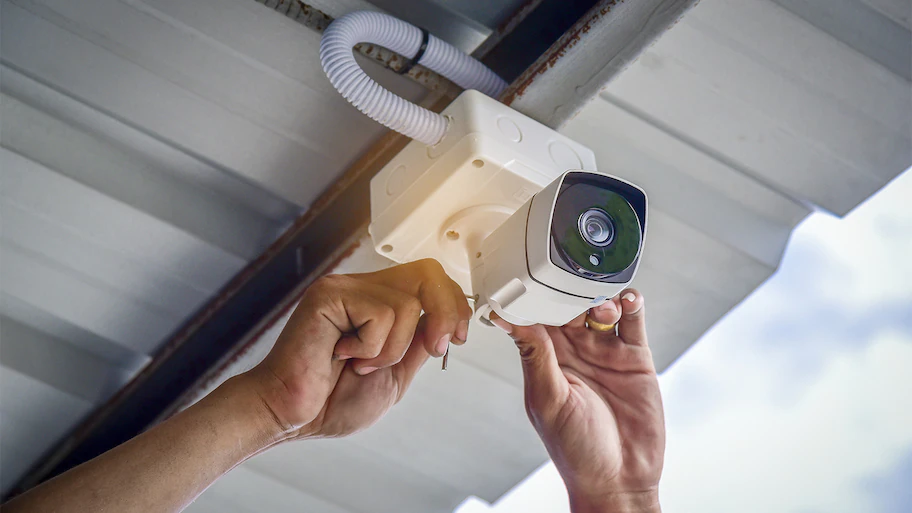Access Control Systems has emerged as indispensable tools in safeguarding physical and digital assets, maximizing security through intelligent solutions. As organizations grapple with the escalating threats to their information and premises, deploying a robust access control system becomes imperative for ensuring the integrity and confidentiality of sensitive data, as well as the physical security of facilities. One of the key pillars of an effective access control system is authentication. Traditional methods, such as keys and cards, have become outdated and prone to security breaches. Intelligent solutions leverage advanced biometric authentication, including fingerprint recognition, facial recognition, and iris scanning, to fortify access points. These methods not only enhance security but also streamline the user experience, eliminating the need for cumbersome key management and card issuance. Moreover, modern access control systems incorporate intelligent algorithms and artificial intelligence AI to continuously assess and adapt to evolving security threats. Machine learning algorithms can analyze patterns of user behavior, identifying anomalies that may indicate unauthorized access attempts.

By learning from historical data, these systems can detect and respond to potential security breaches in real-time, fortifying the security perimeter. The integration of stss access control systems with other security measures amplifies their effectiveness. For instance, combining access control systems with video surveillance allows for a more comprehensive approach to security. In the event of a security incident, the system can not only restrict access but also provide valuable visual data for forensic analysis. This synergy creates a multi-layered defense mechanism that is more resilient against various security threats. Access control systems are also instrumental in mitigating insider threats. Intelligent solutions can distinguish between different levels of access based on job roles and responsibilities. This ensures that employees have access only to the information and areas necessary for their tasks, reducing the risk of internal data breaches. Additionally, these systems can generate detailed access logs, providing a transparent audit trail for administrators to monitor and analyze user activities. Cloud-based access control systems represent a paradigm shift in security management.
With centralized control and real-time updates, administrators can manage access permissions remotely, responding swiftly to changes in personnel or security requirements. This scalability and flexibility make cloud-based solutions particularly appealing for organizations with dynamic workforces and evolving security needs. Furthermore, mobile access capabilities enhance the flexibility and convenience of access control systems. Employees can use their smartphones as digital credentials, eliminating the need for physical cards. Mobile access not only enhances user convenience but also allows for quick adaptation to changing security protocols. In the era of remote work, mobile access is especially relevant, providing secure entry to facilities without the need for physical presence. Access control systems, when powered by intelligent solutions, play a pivotal role in maximizing security for both physical and digital environments. The integration of advanced authentication methods, and collaborative security measures creates a robust defense against evolving threats. As organizations navigate an increasingly complex security landscape, investing in intelligent access control systems is not just a necessity but a strategic imperative for safeguarding assets and maintaining the integrity of operations.
